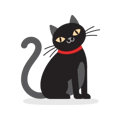Bringing home a new puppy is one of the most exciting – and important – times in your dog’s life. How you set things up in the early weeks lays the foundation for your pup’s behaviour, learning, and wellbeing for life.
Mark Vette is a world-renowned animal behaviourist who’s worked with thousands of dogs, seeing firsthand how the right tools and environment can make all the difference. He shares a comprehensive list of essentials recommended to all new puppy owners – along with some optional extras that can make training and day-to-day life much smoother.
The Essentials
Crate (appropriately sized)
Crate training is one of the most powerful tools you can use to help your puppy settle, sleep well, and learn independence. Make sure the crate is snug – not too big – so your puppy feels secure and doesn’t use one end as a toilet. It should be large enough for them to stand, turn around, and lie down comfortably. Remember dogs start in a den, so if continued from puppyhood they will always seek comfort in a den-like place, such as a crate.
Soft dog bed to go inside the crate
Comfort is key! A cosy bed inside the crate will help your pup settle, sleep, and see the crate as a safe haven.
Playpen to go around the crate
This allows you to create a secure "puppy zone" when you can’t supervise closely. It gives your puppy a safe space to explore and play without getting into mischief. Just as importantly, it assists with the house-training process. I favour pens designed for human children as they tend not to have horizontal bars that cheeky pups can climb!
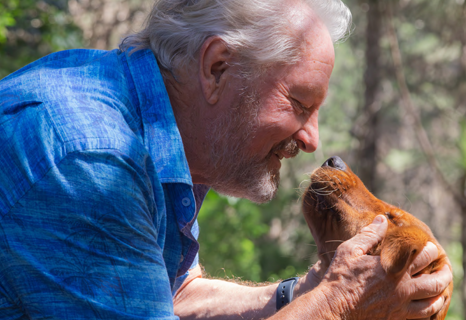
Mark Vette is a world-renowned Animal Behaviourist, Zoologist and Trainer. He brings together a unique combination of academic studies with 40 years of applied clinical animal behaviour consulting and treatment. Mark is a member of the International Association of Animal Behaviour Consultants. This article was written by Mark and the views expressed are his own.
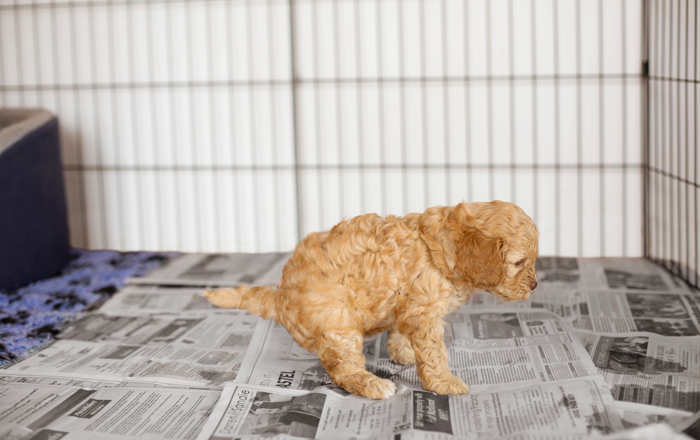
Puppy pads, newspaper, or synthetic grass
Place these inside the playpen to help with toilet training. Start by covering the entire floor of the play pen, then over a number of days reduce and shift the toileting surface away from the bed and water bowls to help your puppy learn to differentiate their sleeping and toileting zones.
Light long line (5–10 metres)
A must for recall training and giving your pup some freedom outdoors without the risk. A long lead allows for safe exploration while you practise essential commands like “Come”.
Standard short lead
Use this for walks and day-to-day outings. Choose a soft, durable material that’s comfortable in your hand and easy to clip on and off.
Standard collar
Stick with a flat, well-fitted collar for ID and lead handling.
Dog bowls
Simple, sturdy bowls for food and water. Stainless steel or ceramic is best – they’re durable, easy to clean, and don’t harbour bacteria like plastic can. If you want to get fancy, there are all sorts of options available these days - no spill bowls, fountain bowls, filtering bowls, you name it! But basic is just fine too.
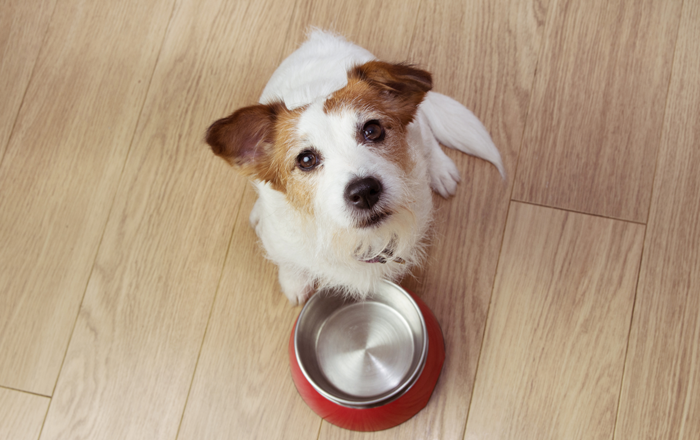
Dog mat
A dedicated spot for your pup to rest or practise “on your mat” – a useful skill for managing behaviour at home and out and about. I also like to use a dog mat while training.
Puppy food
Use a puppy specific formulation until your pup is one year old, as they have different nutritional needs than adult dogs and require higher levels of protein and fat.
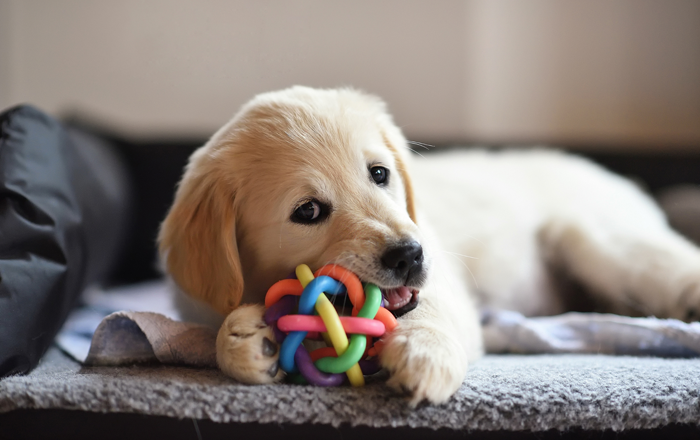
Dog toys
Toys provide stimulation, help with teething, and give your puppy something appropriate to chew. Tug toys also help teach bite inhibition. Rotate them regularly to keep things interesting.
Training treats
I recommend using a hierarchy of training treats depending on the situation - high value when training a new behaviour or when you need strong focus in a new or distracting environment; lower value when your pup already knows the command and you’re just practising at home, or if your pup is overly food motivated and gets too distracted and snatchy with high value treats.
For high value treats, my preference is very small pieces of cooked chicken as it’s good quality food and gentle on a pup’s tummy. Otherwise you can use small cubes of dog roll or cheese in moderation. For low value treats, your pup’s normal kibble is perfect.
Optional (but incredibly useful!)
Clicker
Clicker training allows precise marking of desirable behaviour. It speeds up learning and is especially helpful for shaping complex behaviours and building confidence in fearful pups.
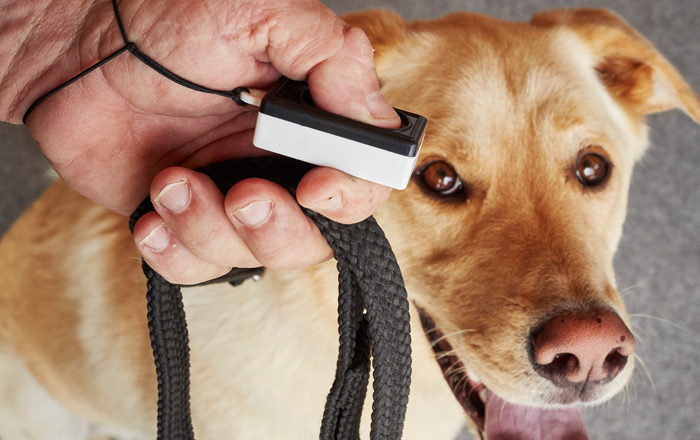
Enrichment toys and puzzles
Keep your pup mentally stimulated with food puzzles, treat-dispensing toys, rope toys, and the classic Kong. These tools help burn off energy, relieve boredom, provide stimulation and build independence…all useful for keeping cheeky little pups out of trouble!
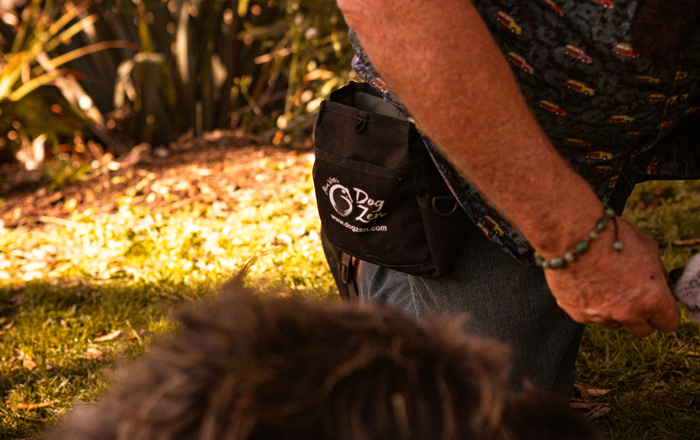
Training pouch
This makes it so much easier to reward your pup quickly during training – and timing is everything when teaching new behaviours.
Travel crate
Ideal for safe car travel and vet visits. A familiar crate can help your pup feel secure in new environments and make outings far less stressful.
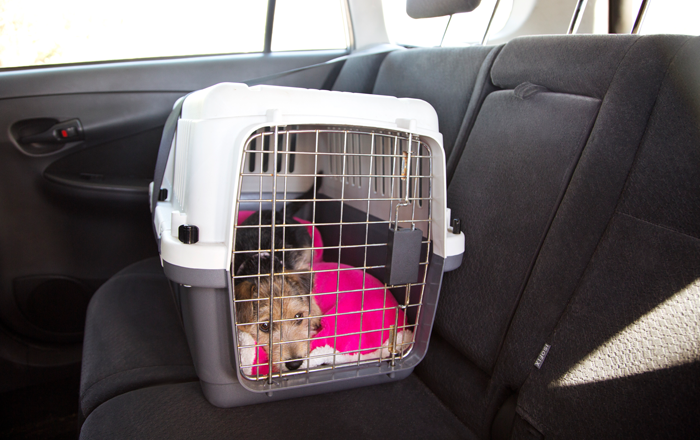
Retractable lead
I find a retractable useful so that you can give your pup some leeway to sniff and explore more freely on walks - they don’t need to (and shouldn’t!) be in a Heel position full time. It does take some practise to learn to use them properly, though, so take care.
Dog door
Excellent for house training, and great if you’re happy to give your pup some indoor and outdoor access when left home alone. There are temporary, insert-style dog doors you can get from major hardware stores that fit into sliding doors – a perfect solution if you're renting or don’t want to make permanent changes.
Baby gates
If you want to partition off parts of the house or keep your puppy out of certain rooms, baby gates are a great tool.
Good luck with your pup!
Getting the right gear and setting up your home environment well from the start is one of the simplest and easiest ways to prevent common problems like separation anxiety, destructive behaviour, and poor toilet habits. Most importantly, it helps your puppy feel safe, secure, and confident in their new world.
Remember – training starts from day one. Every interaction teaches your puppy something, so the more prepared you are, the more successful (and enjoyable!) your journey together will be.
Always consult your vet on the best way to look after your pet. And to avoid unexpected costs, make sure your pet is insured.
Have a look at our pet insurance plans to choose the right insurance plan for your pet.
